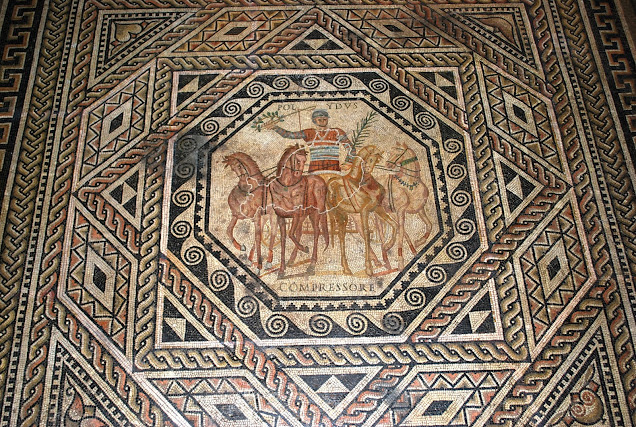Greek masks at Allard Pierson
These miniature terracotta masks are on display at the Allard Pierson Museum in Amsterdam. They were made in ancient Centuripe, west of Catania, Sicily, 100-300 BC. Together with other finds they were discovered in a cemetery, a setting that establishes a devotional context for their production.
They emulate types of full-size theatrical masks that were used in performances of New Comedy, popular throughout southern Italy and Sicily from the late fourth century BC to Roman times. The subjects of these comedies were derived largely form day-to-day activities of family life and revolve mostly around improbably romantic entanglements. Like a master falling in love with an employee. New Comedy masks typically represent stock comedic characteristics such as prostitutes of all ages, masters and slaves, young and old men, parasites, flatterers, and musicians.
Especially the right one at the lowest picture, drew my attention. It is a mask of a young Hetaira, a 'highly skilled' prostitute or courtesan. The hair is plaited and decorated with a wreath or fillet and vertical ribbons. The face is painted white with traces of silver paint on the cheeks. Blue paint is also visible in the eyes, and red in the hair. The mask has a whole at the top for suspension.
The photograph at the top shows Pan and a hetaira. The lower picture shows a satyr.





Reacties
Een reactie posten